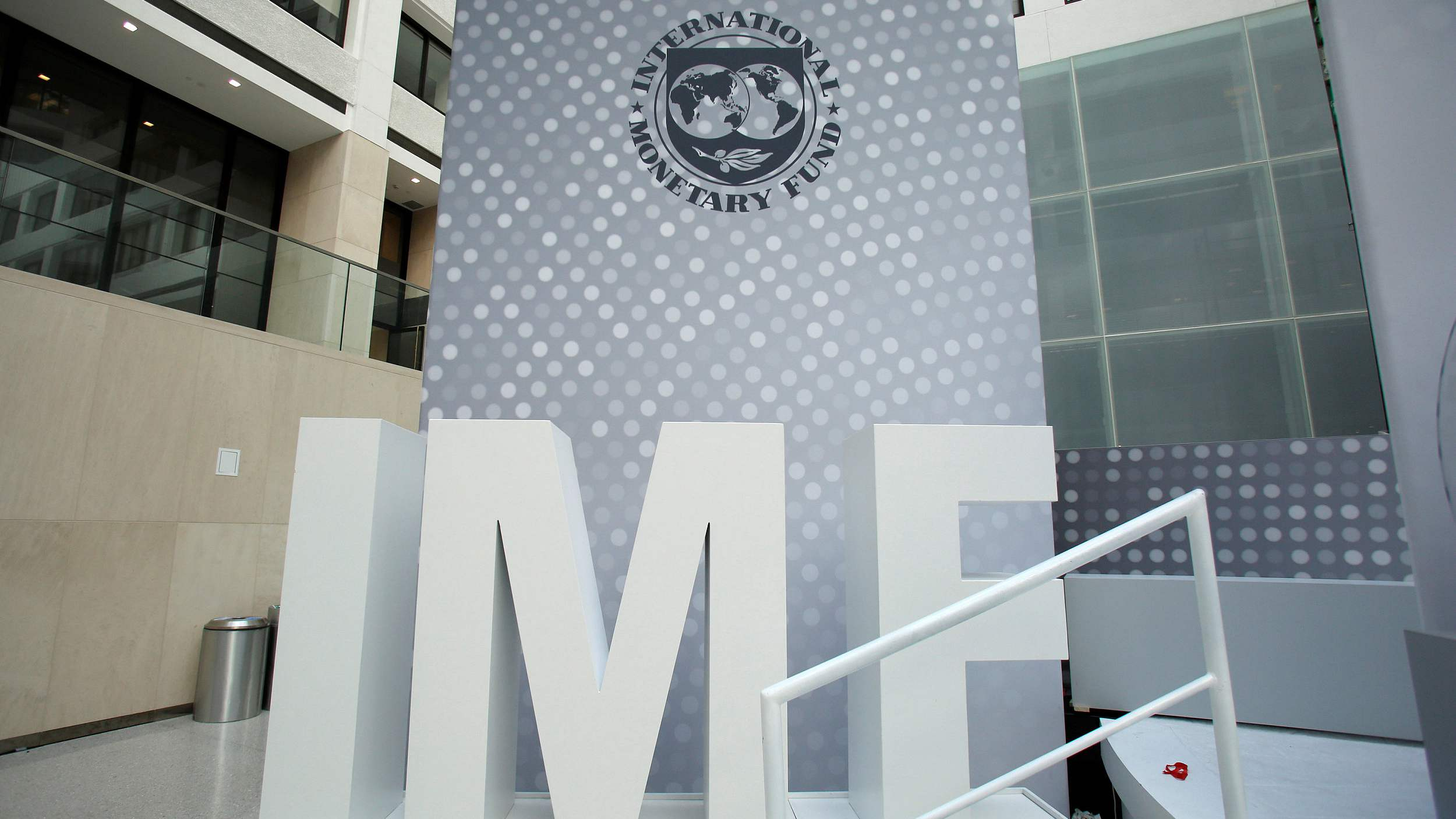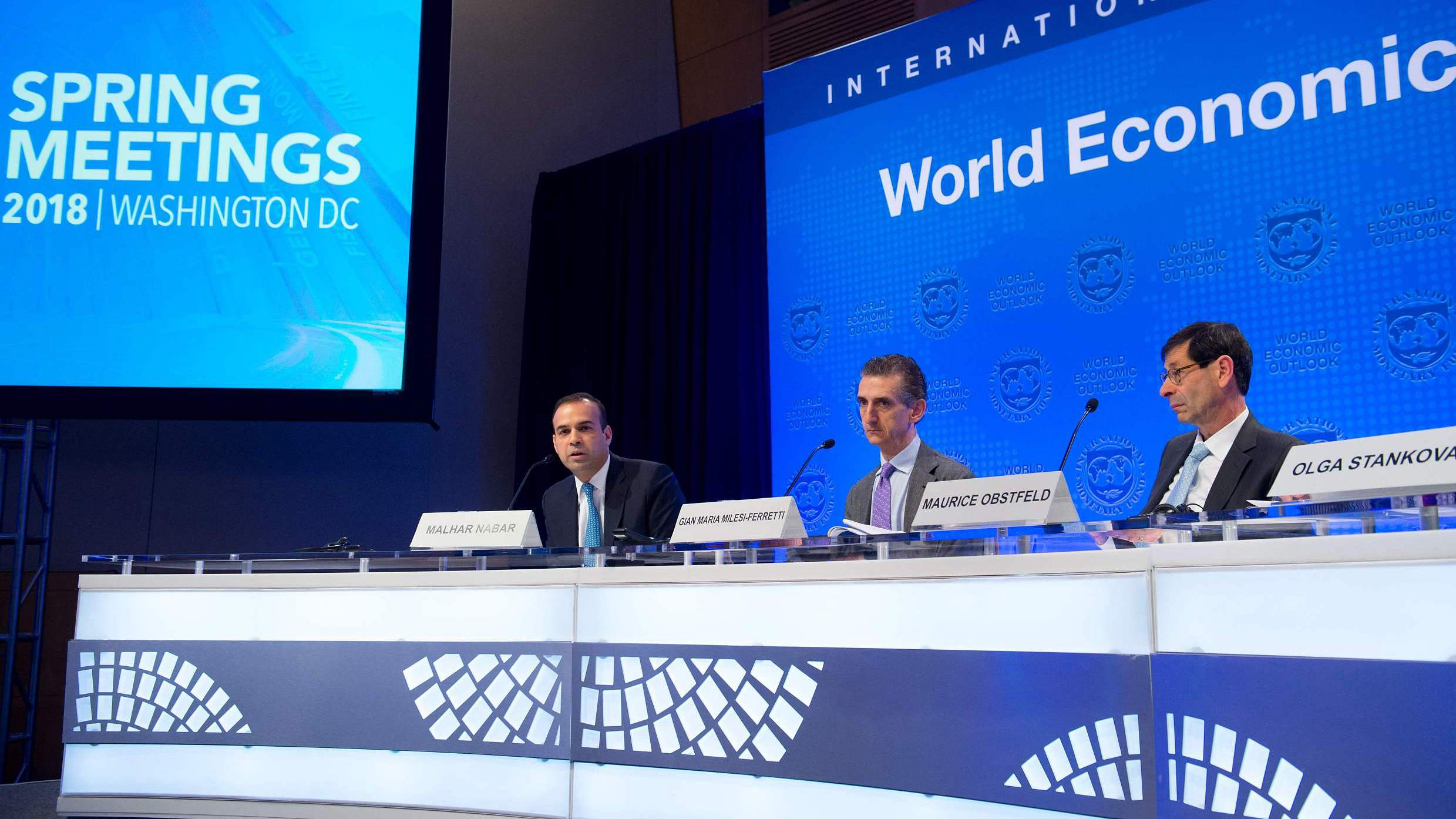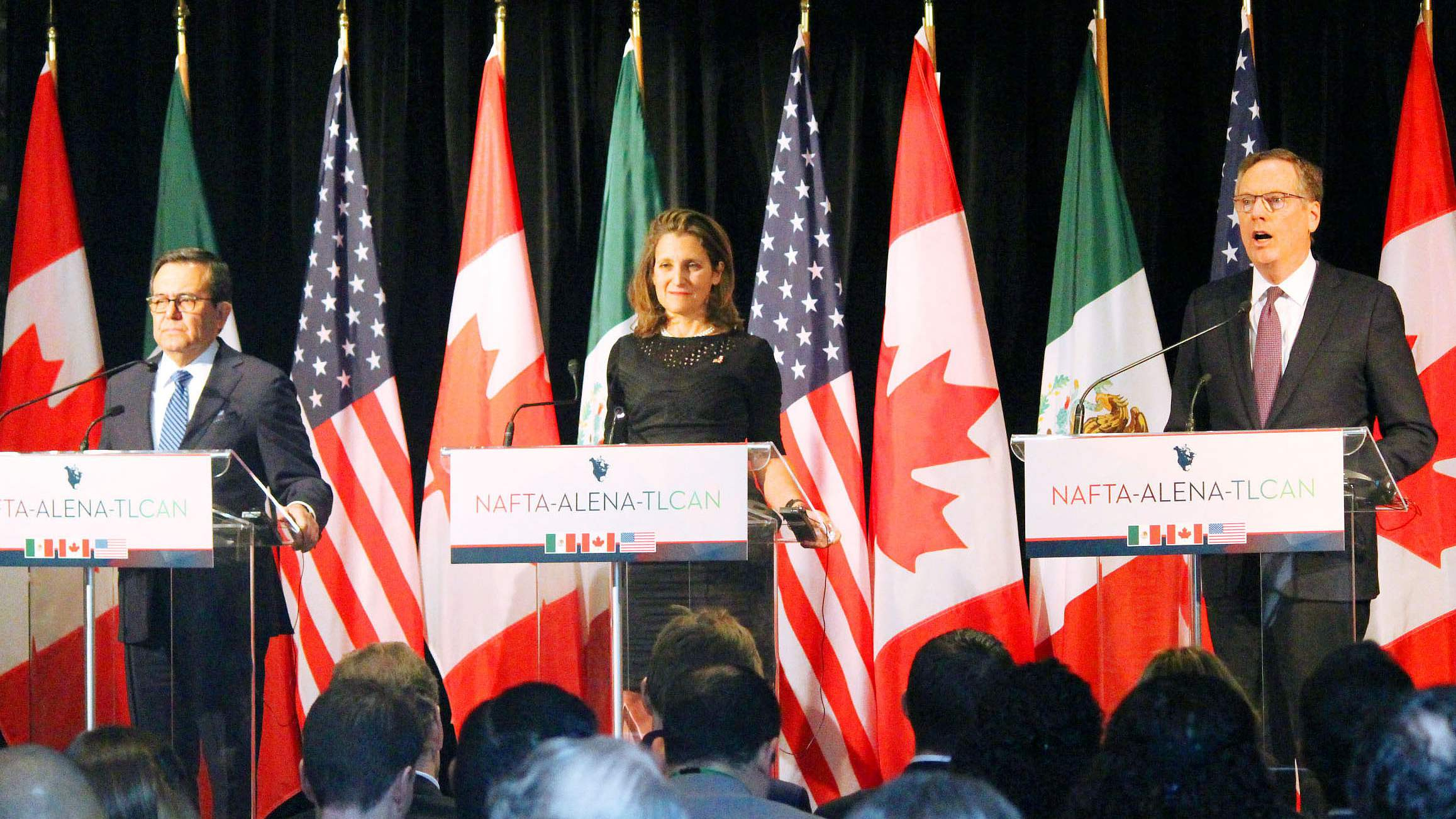
Business
22:29, 16-Jul-2018
IMF projects China's 2018 growth at 6.6 percent
Updated
22:17, 19-Jul-2018
CGTN

The IMF expects China's GDP growth to stand at 6.6 percent this year but warns short-term risks posed by rising trade tensions, according to the World Economic Outlook Update released on Monday.
The updated growth projection for China is the same with the April projection, which is 6.6 percent, up by 0.1 percentage point.
China’s transition to lower growth is expected to resume as credit growth and fiscal stimulus diminish.
Along with China, several other emerging markets and developing economies will also do better this year, including Brazil, Mexico, and emerging Europe.
The IMF projects the growth rates of 4.9 percent for 2018 and 5.1 percent for 2019 for emerging market and developing economies as a group.
For the advanced economies, the IMF forecasts the 2018 growth of 2.4 percent, down 0.1 percentage point from the April projection. The increase in those economies for 2019 maintains an unchanged forecast of 2.2 percent.

The 2018 Spring Meetings of the International Monetary Fund and World Bank Group at IMF Headquarters were held in Washington, DC on April 17, 2018. /VCG Photo
The 2018 Spring Meetings of the International Monetary Fund and World Bank Group at IMF Headquarters were held in Washington, DC on April 17, 2018. /VCG Photo
Given strong US employment and firming inflation, the Fed will continue raising interest rates over the next two years, tightening its monetary policy and strengthening the US dollar.
In general, the broad global expansion for the world economy has plateaued and become less balanced.
The global growth rate is expected to stand at 3.9 percent for both this year and next, but the risk of worse outcomes has increased, even for the near term, the Outlook shows.
Trade tensions inflict worries
The escalation of trade tensions will exert adverse effects on confidence, asset prices, and investment, posing the near-term threat to global growth, the Outlook warns.
Global current account imbalances are set to widen due to the United States’ relatively high demand growth, possibly exacerbating frictions.

(From R) US Trade Representative Robert Lighthizer, Canadian Foreign Minister Chrystia Freeland and Mexico's Secretary of Economy Ildefonso Guajardo Villarreal attend a press conference in Montreal, Canada on Jan. 29, 2018. /VCG Photo
(From R) US Trade Representative Robert Lighthizer, Canadian Foreign Minister Chrystia Freeland and Mexico's Secretary of Economy Ildefonso Guajardo Villarreal attend a press conference in Montreal, Canada on Jan. 29, 2018. /VCG Photo
The United States has initiated trade actions affecting a broad group of countries and faces retaliatory measures from China, the EU, the NAFTA partners, and Japan.
The IMF also suggests that the current trade policy threats will drag the global output, which could be about 0.5 percent below current projections by 2020.

SITEMAP
Copyright © 2018 CGTN. Beijing ICP prepared NO.16065310-3
Copyright © 2018 CGTN. Beijing ICP prepared NO.16065310-3